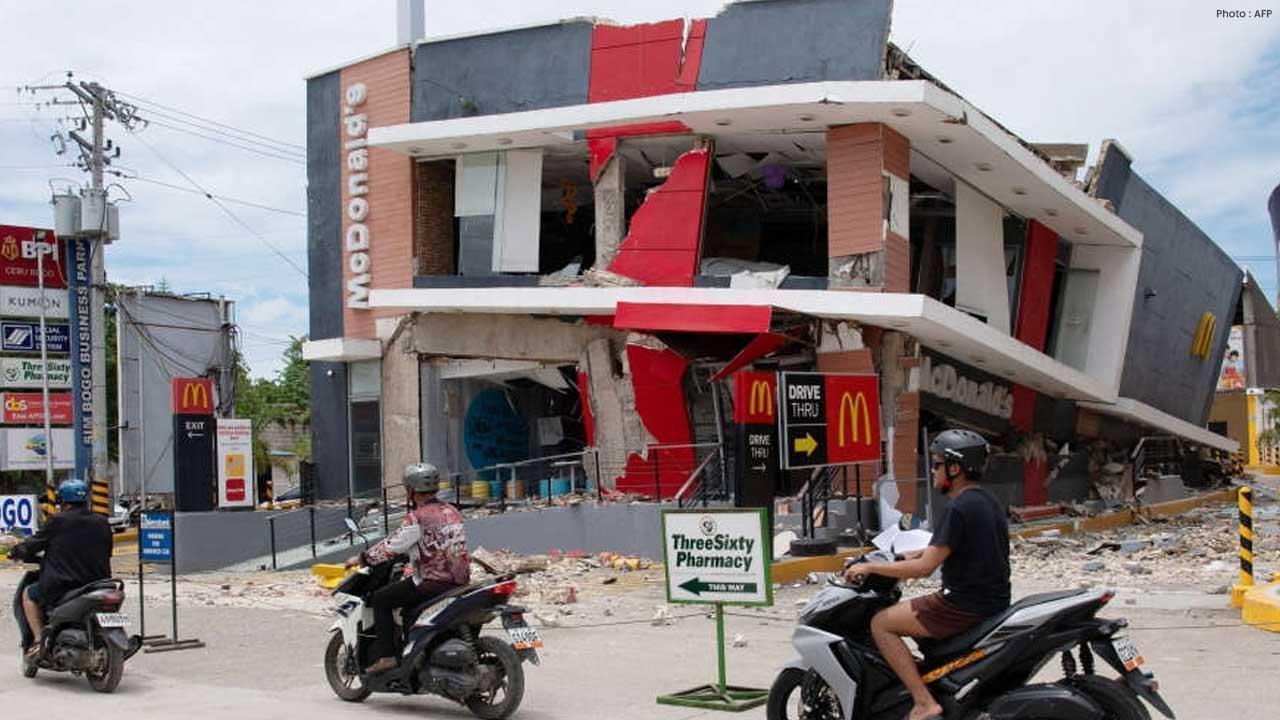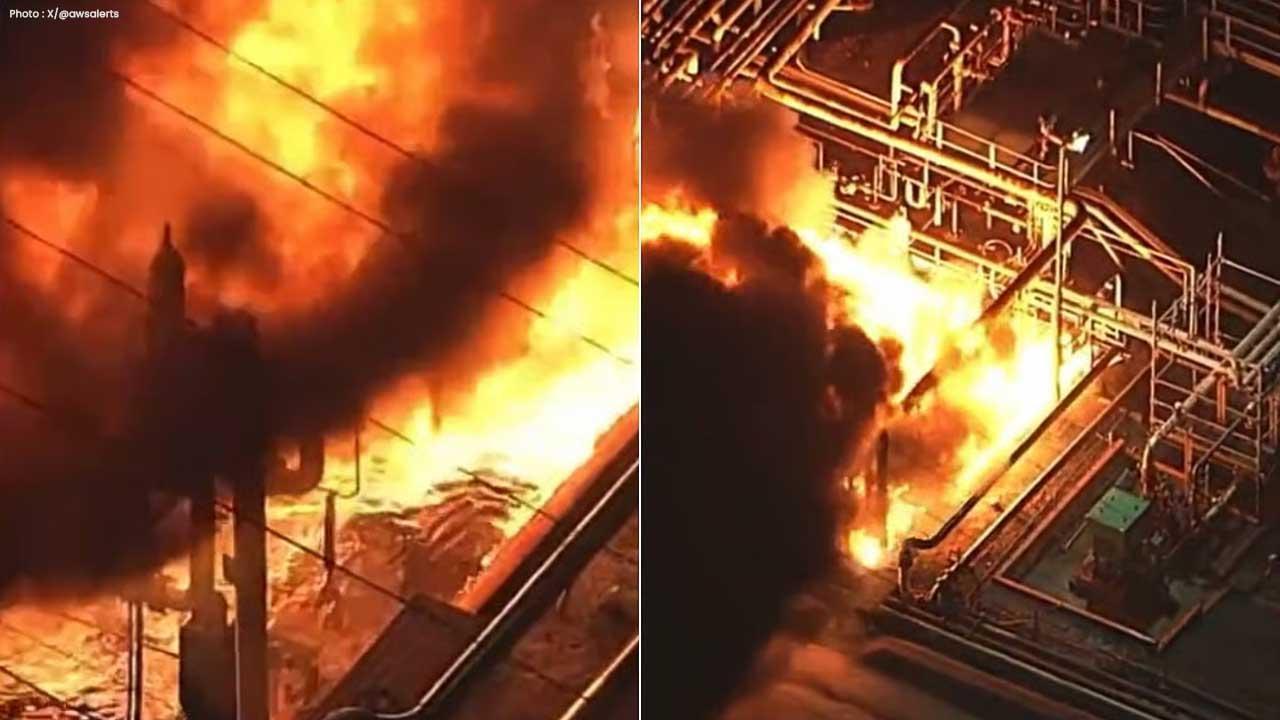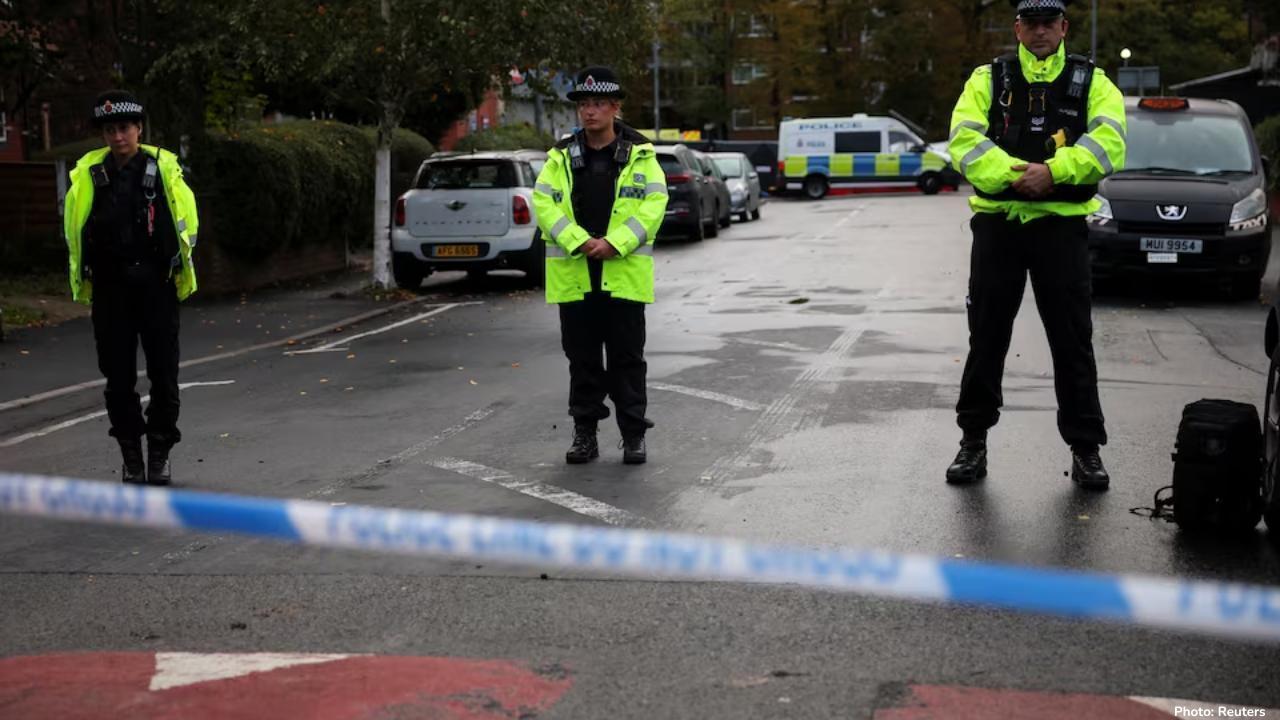
Post by : Mumtaaz Qadiri
Authorities in the Philippines have officially concluded search and rescue operations in Cebu province following a powerful 6.9-magnitude earthquake that struck the region on Tuesday. The death toll currently stands at 72, and officials do not expect this number to rise significantly as most missing people have now been accounted for.
Focus Shifts to Relief for Survivors
With rescue efforts completed, attention has shifted to providing immediate assistance to thousands of affected residents. Over 20,000 people have been displaced, while more than 300 individuals sustained injuries ranging from minor to severe. Authorities and aid organizations are coordinating relief to ensure families receive food, water, and shelter.
Widespread Damage Across Cebu
The earthquake, originating off central Cebu, caused widespread destruction. Numerous buildings and homes collapsed, while landslides triggered by the quake added to the devastation. Heavy rains and power outages made early rescue operations challenging, delaying assistance to some affected communities.
Presidential Visit to Hardest-Hit Areas
Philippine President Ferdinand Marcos Jr visited Bogo, one of the hardest-hit cities with around 90,000 residents. He met displaced families and inspected ongoing relief efforts. The President acknowledged difficulties in establishing safe evacuation centers due to structural damage and promised government support, including food, water, electricity, and mobile generators.
Cebu’s Vulnerability to Earthquakes
The Philippines lies along the Pacific “Ring of Fire,” a region prone to earthquakes and volcanic activity. The country experiences over 800 earthquakes annually, making it highly susceptible to natural disasters. This quake is considered the deadliest in the Philippines in more than ten years, highlighting the need for disaster preparedness and resilient infrastructure.
Coordinated Relief Efforts Underway
Authorities and humanitarian organizations are focusing on delivering essential supplies to affected communities. Relief operations include providing temporary shelter, medical assistance, and basic necessities for displaced families. Efforts are aimed at helping survivors recover and rebuild their lives in the aftermath of the disaster.
The Cebu earthquake underscores the importance of ongoing disaster management planning in the Philippines. Local and national authorities are assessing infrastructure damage and planning for long-term recovery. This includes rebuilding homes, restoring power and water, and enhancing disaster preparedness for future seismic events.










Bangladesh Wins First T20I Against Afghanistan in Sharjah
Bangladesh survived Rashid Khan’s spell to beat Afghanistan by four wickets in Sharjah, taking a 1-0

NZ vs Australia T20 Match Abandoned Due to Heavy Rain
Rain washed out second T20 between New Zealand and Australia; series 1-0 to Australia as third match

Delhi Police Foil Attack on Comedian Munawar Faruqui
Delhi Police prevented an attack on comedian Munawar Faruqui, arresting two shooters in a planned pl

India’s Air Force Strikes Pakistan in Operation Sindoor
India’s Air Force targeted Pakistan in Operation Sindoor, destroying jets, radar, and terror camps a

Big Fire at Chevron Oil Refinery in El Segundo, Los Angeles
Fire breaks out at Chevron’s El Segundo refinery in LA. Authorities confirm containment, no evacuati

Deadly Attack in Manchester Targets Jewish Community
Two killed and three injured in Manchester synagogue attack on Yom Kippur; authorities increase secu